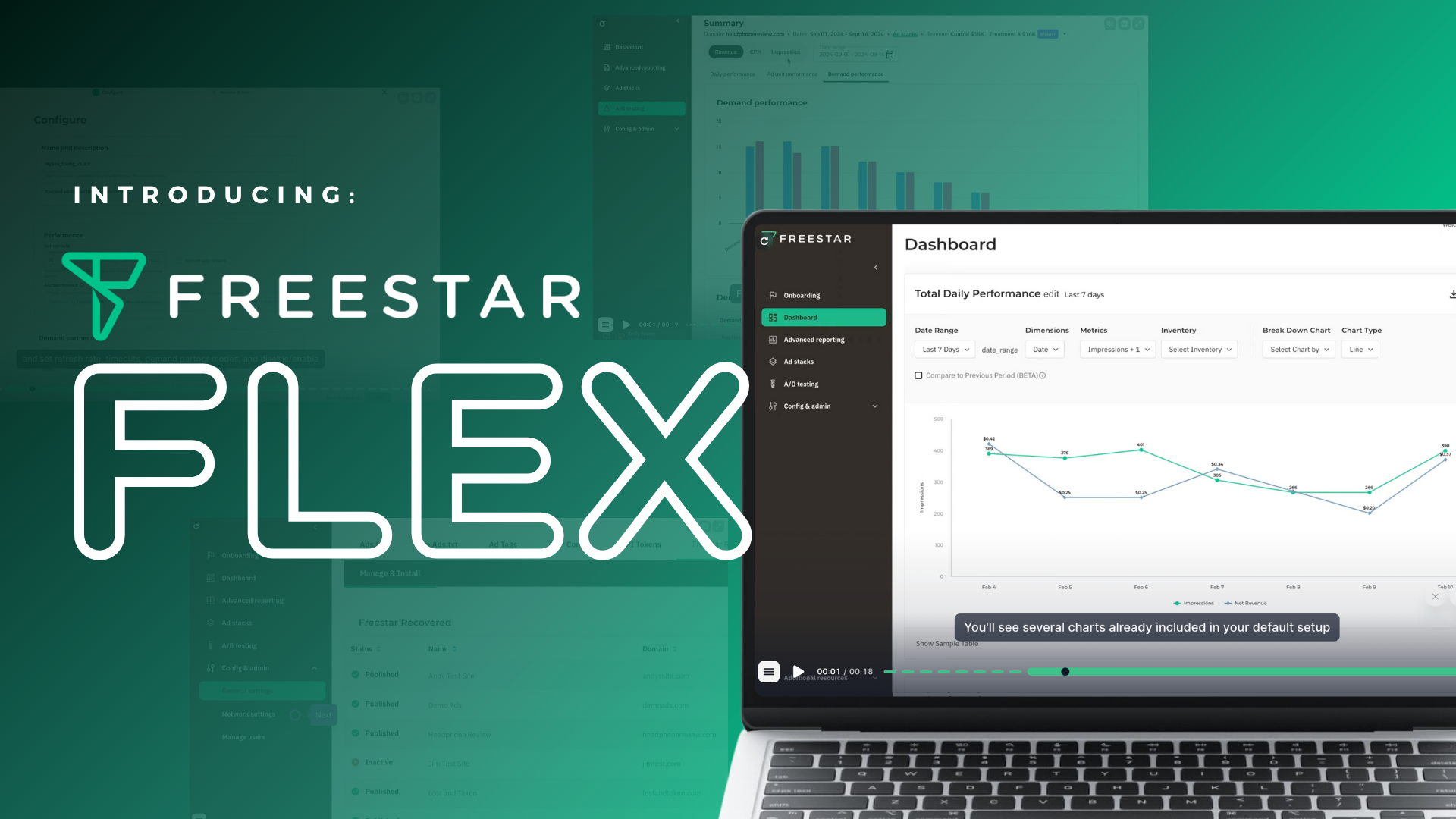Earlier this year, the Association of National Advertisers released a report revealing that MFA websites account for 15% of all annual ad impressions. This translates to approximately $13 billion wasted on media campaigns running on platforms designed solely for advertising purposes.
While the existence of these substandard MFA websites is nothing new, recent developments, including the growing demand for transparency on the buy-side and sell-side, the misuse of AI-powered content creation tools, and Supply Path Optimization (SPO) efforts, have intensified the scrutiny on MFA sites. Regrettably, these websites have thrived for years with minimal resistance, eroding trust within the digital advertising ecosystem.
Traditionally, the battle against MFA websites primarily concerned the demand side. However, Supply-Side Platforms (SSPs) like Index Exchange, Magnite, Sharethrough, and PubMatic have also initiated measures against MFA websites. Before delving deeper, it is crucial to comprehend the nature of these sites and why publishers should be concerned about their presence.
What Constitutes MFA Websites?
If you are connected to the ad tech industry, the term MFA (made-for-advertising) likely rings familiar. MFA websites are platforms that employ unethical tactics to generate traffic and deceive users into viewing excessive ad impressions. While the degree of obnoxiousness may vary, they typically share common characteristics, including:
- An excessive number of ads per page, significantly impairing user experience.
- Low-quality, derivative content, often scraped from external sources.
- Frequently image-centric, with minimal static text content.
- Deceptive navigation designed to encourage users to view more ads.
Why Should Publishers Be Concerned?
At first glance, the crackdown on MFA websites appears to be positive news. Most users express their aversion to spam-filled, clickbait-ridden content profiting from unsuspecting advertisers who believe their creative campaigns are reaching engaged audiences.
However, the situation is more intricate than it seems. As a programmatic ad monetization vendor, Freestar occupies a pivotal position between SSPs, DSPs, and publishers. Because of this, we receive alerts when spending on any of the sites we monetize is obstructed.
1. Identifying MFA websites may appear straightforward based on the aforementioned definition, but industry-wide standards are not universally established.
Recently, certain sites on the restricted spending list have left us perplexed. It is not always as clear as one might anticipate. As mentioned earlier, the extent of MFA practices varies, and some flagged publishers do not consider themselves to be employing any of the tactics outlined.
2. The stringency in identifying, exposing, and curtailing these websites is steadily increasing.
Hence, it is crucial to enhance content quality now, adhere to industry guidelines, and avert the revenue loss associated with being labeled as a made-for-advertising website.
What to Do When Flagged for MFA
In most instances, a reconsideration may be granted if substantial improvements are made to enhance website quality and reduce excessive advertising. The changes required for a site to shed its MFA classification are neither simple nor likely to yield immediate revenue gains. By adhering to the following recommendations, your chances of a second opportunity increase significantly:
-
Limit the number of ads per page to a maximum of 3-5. An excessive volume of ads on a page is the primary criterion for categorizing a site as MFA. Common problematic ad layouts include pop-ups, pop-unders, stacked ads, multiple auto-playing video players, and ads obstructing content.
- Enhance content quality by either removing specific pages or applying a no-index tag to the following infractions:
- Clickbait headlines.
- Gossip or false information.
- Content devoid of purpose.
- Unhelpful content.
- Short or inadequate content.
- AI-generated content.
- Non-unique content.
- Remove infinite scroll or extreme pagination from your content presentation options.
-
Implement a comprehensive site navigation structure that encompasses primary content themes. Identify authentic audience-engaging content through analytics, such as organic social reach, organic search traction, Pinterest pageviews, and Reddit discussions, excluding content driven primarily by paid media efforts.
-
Familiarize yourself with Google Search Essentials and adhere to recommended best practices.
- Create helpful, reliable, user-focused content.
- Incorporate relevant keywords in prominent page locations, including titles, headings, alt text, and link text.
- Ensure your links are crawlable to facilitate Google’s exploration of other pages on your site via these links.
- Promote your website within communities where you can engage with like-minded individuals regarding your products and services.
- Adhere to specific best practices for various content types, such as images, videos, structured data, and JavaScript, to ensure user comprehension.
- Enhance your website’s visibility on Google Search by enabling features that align with your site’s objectives.
- If there are specific content elements that should not appear in search results or if you wish to opt-out entirely, employ the appropriate method to control how your content appears in Google Search.
We recognize the challenge of transitioning away from lucrative revenue sources. However, for the long-term prosperity of your business, these changes are invaluable. For further information on MFA websites, Freestar is delighted to be your resource. Contact us today to engage with an expert.





